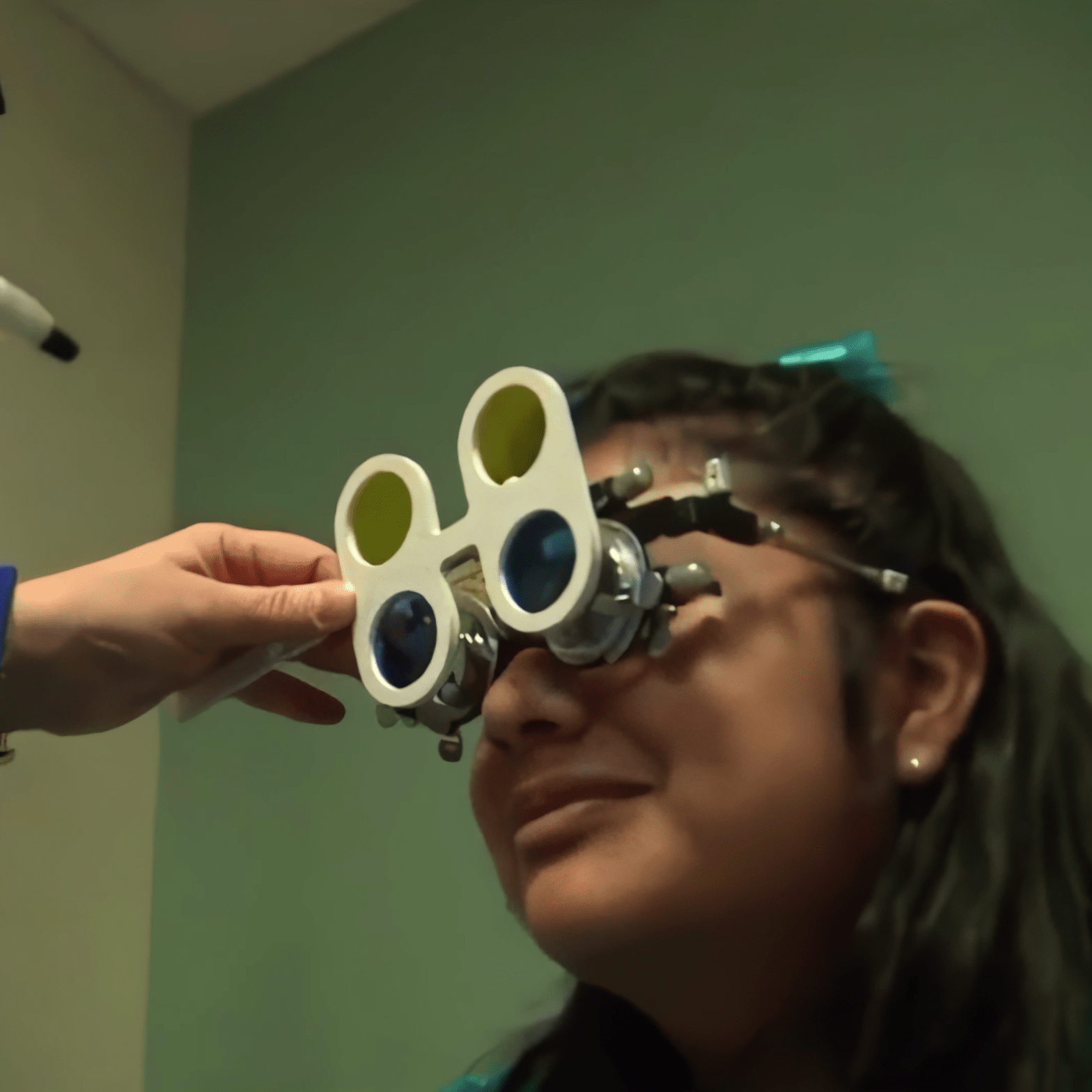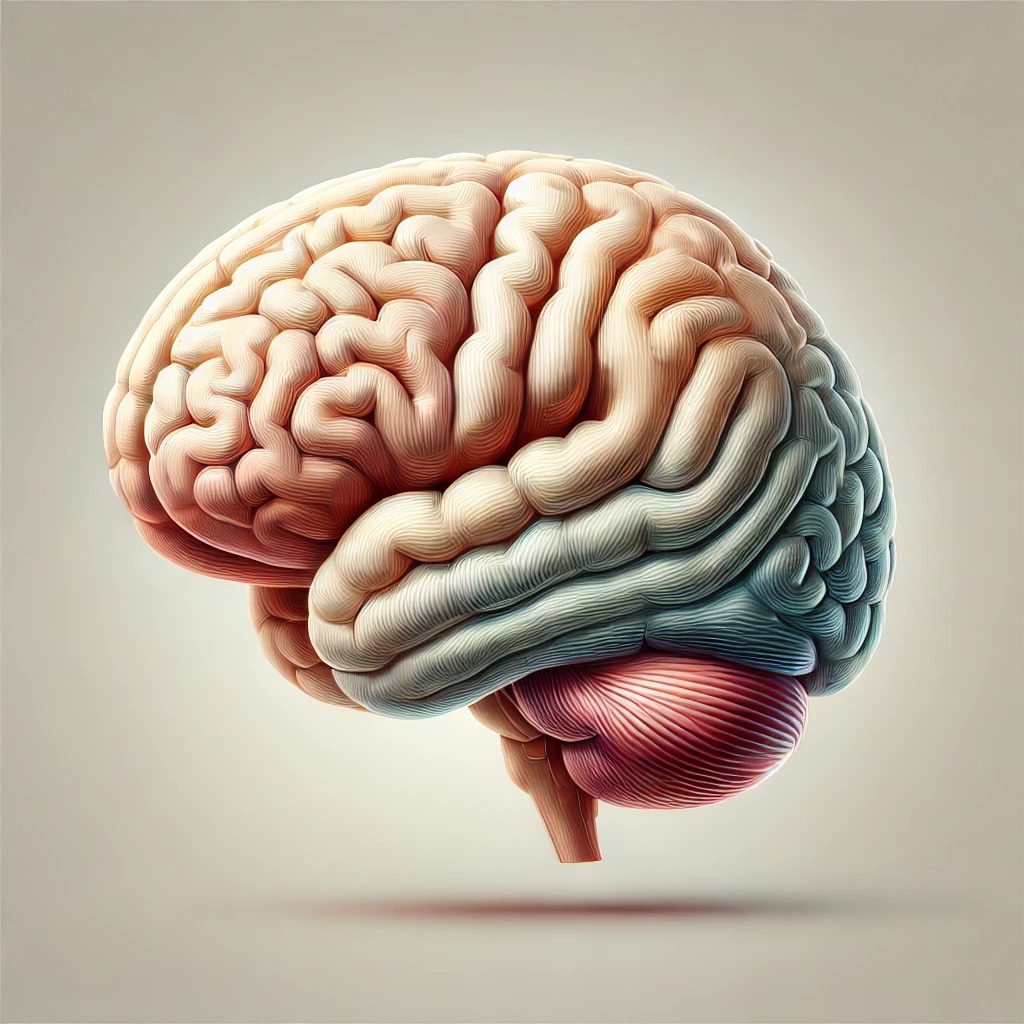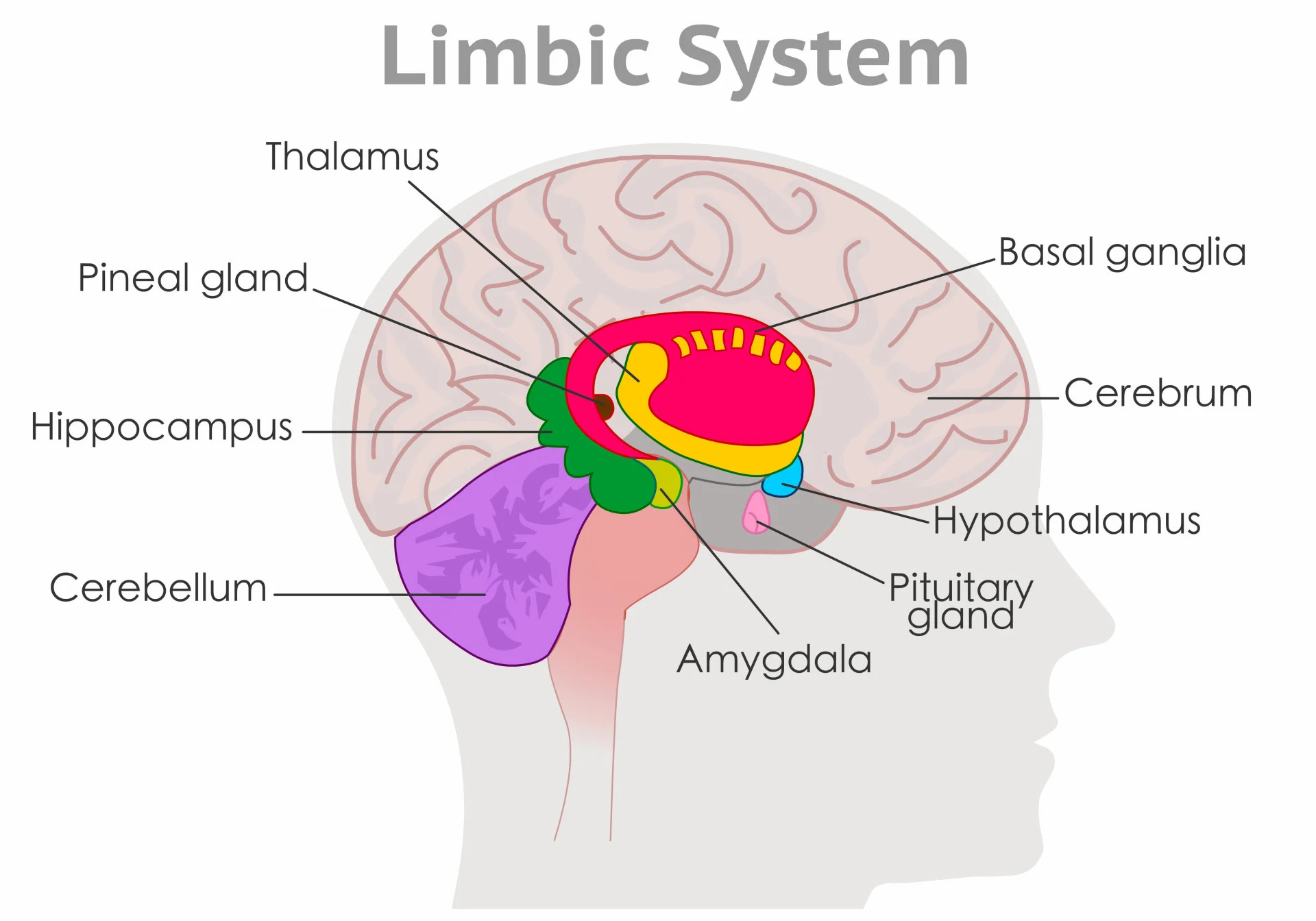The Role of the Limbic System in Visual Processing
Is the body’s limbic system, which regulates behavior, emotions, motivation, and memory, somehow involved with visual processing, namely the brain’s efforts to convert light energy into meaningful information at a person’s conscious, subconscious, and unconscious levels?
The short answer is “yes,” Deborah Zelinsky OD told participants in the 18th International Conference on Ophthalmology and Optometry, held in Venice, Italy in June of this year (2024) “Lengthier, scientific proof is contained in ongoing studies of the brain and its processing of environmental stimuli that pass through a person’s retinas in the form of light energy.”
“Environmental signals picked up by the retinas link with a person’s memories and emotions and trigger additional, internal signals."
Dr. Zelinsky is founder and research director of the Mind-Eye Institute in Northbrook, Illinois and a globally recognized retinal processing expert. Her discussion of Limbic Involvement in Visual Processing during the meeting earned her a Certificate of Best Presentation Award by conference organizers.
She explained how light photons entering the retina convert into electrical signals that are then distributed by the optic nerve to key brain structures. These electrical signals affect not only the visual cortex but other, significant structures of the brain, including non-image forming regions like the amygdala, cingulate gyrus, hippocampus, thalamus, hypothalamus, and basal ganglia – all of which engage in the functioning of the body’s limbic system.
Effects of Neuromodulation on the Limbic System
Indeed, authors of a 2024 article appearing on the SimplyPsychology web site stated that the cingulate gyrus, in particular, plays an “integral” role in the limbic system by helping “regulate emotions, behavior, and pain, as well as being responsible for controlling autonomic motor function. This area is thought to involve fear and the prediction and avoidance of negative stimuli through monitoring the body’s response to unpleasant experiences.”
Damage to the cingulate gyrus due to concussion, traumatic brain injury, stroke, or neurological disease can result in inappropriate emotions, lack of fear, impaired sense of pain, or learning impairments, the scientists indicated in their article. “This region [of the brain] has also shown [deviations from normal anatomical] structure in patients with autism [spectrum disorders], depression, obsessive-compulsive disorder, post-traumatic stress disorder, and bipolar disorder.”
Similarly, injury to the amygdala may lead to loss of emotional control, irritability, aggression, even “deficits in recognizing emotions, including fear,” and failure to discern emotions in the faces of others, the article authors wrote.
“Damage to the cingulate gyrus due to concussion, traumatic brain injury, stroke, or neurological disease can result in inappropriate emotions, lack of fear, impaired sense of pain, or learning impairments."
Such information is not surprising to Dr. Zelinsky, who has long contended that environmental signals picked up by the retinas link with a person’s memories and emotions and trigger additional, internal signals.
“Most people think of the eyes only as an input center, simply seeing the environment and bringing eyesight information into the brain. But the role of the retina is much more sophisticated than that. The retina is a two-way highway, composed of brain tissue and functioning as an often-overlooked part of the central nervous system. That is why stimulation of the retina with light – retinal neuromodulation – can be effective in changing the brain. Such changes influence visual processing functions and affect the limbic and other physiological systems,” Dr. Zelinsky said in her conference presentation.

Advancements in Optometric Tools and Therapeutic Approaches
Researchers concur. A 2018 editorial published in Frontiers of Neuroscience reported how limbic-brainstem regions receive direct perceptual information [from feedback signals emanating through the retinas]…and play a central role in [regulating or modifying] innate behaviors, including motivated and avoidance behaviors.”
The Mind-Eye Institute team is internationally noted for the successful use of highly individualized therapeutic eyeglass lenses, filters, and other advanced optometric tools to manipulate the amount, angle, and intensity of light entering through a patient’s retina, often helping relieve brain-related symptoms of injury or disease. These symptoms can include visual processing difficulties, emotional and behavioral anomalies, memory loss, and problems with subconscious motor function – all signs of an impaired limbic system.
“The retina is a two-way highway, composed of brain tissue and functioning as an often-overlooked part of the central nervous system."
The retina also plays a significant part in integrating various sensory maps, including eye-ear coordination, to help patients process surrounding space and achieve proper spatial awareness. Synchronization of perceived auditory and visual space optimizes a person’s overall performance, including movement, executive functioning, memory, and the sequencing of brain functions required for effective communication skills, Dr. Zelinsky said.
Mind-Eye glasses have been notable for connecting eyes, ears, and other senses and for helping expand patients’ peripheral awareness of surrounding space, which can narrow significantly due to injury and stress.
Future of Retinal Neuromodulation in Treating Limbic Disorders
Use of retinal neuromodulation – stimulation of the retina using light to cause changes in the brain – is not novel. The technique has long proven clinically effective and could well become one of the “multi-modal therapies” of the future for treating limbic-related disorders, Dr. Zelinsky reported.
“Overall, the limbic system remains a promising target for developing new diagnostic, monitoring, and therapeutic approaches in clinical populations (SimplyPsychology),” other scientists have said.
Aiding the prospect for new therapies are recent technological enhancements in retinal imaging technology and imaging interpretation These are proving significant in advancing the ability of clinicians to go well beyond the general health of the eye itself and diagnose disorders that are systemic, including limbic-related problems, Dr. Zelinsky told conference-goers.
“More reason to join the Mind-Eye in its campaign to ‘Leave 20/20 in the 20th Century!.’” Dr. Zelinsky said.
“Retinal neuromodulation – stimulation of the retina using light to cause changes in the brain – has long proven clinically effective and could well become one of the ‘multi-modal therapies’ of the future for treating limbic-related disorders."
“The retina and other parts of the eye tell us much about a person’s overall health. That is why eye care practitioners – optometrists and ophthalmologists -- may eventually become the professionals patients seek first for diagnosis of a variety of disorders,” Dr. Zelinsky stated. Experts in an emerging field called “oculomics” are studying how the eye can be used as a biomarker for many systemic diseases.
“In fact, it would make sense that retinal neuromodulation of brain activity through non-invasive, light stimulation of the eye -- alone or in combination with other therapies -- will prove clinically effective in addressing problems of the limbic system, as well as other symptoms of a compromised brain, such as dysfunctions in circadian rhythm and endocrine systems, neurogenerative diseases, mental illnesses, autism, and metabolic disorders.
Interested in learning more?
At the Mind-Eye Institute we understand that interactions between the electrical and biochemical pathways in the brain affect physical, physiological and psychological systems. Visual interventions that alter retinal signaling pathways impact both the electrical and biochemical systems.
To learn about next steps for registering as a patient or registering a child as a patient, please call the Mind-Eye Institute office at 847.558.7817 or you can fill out our online New Patient Inquiry Form provided here.



